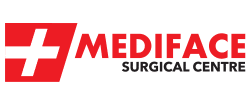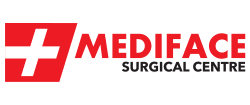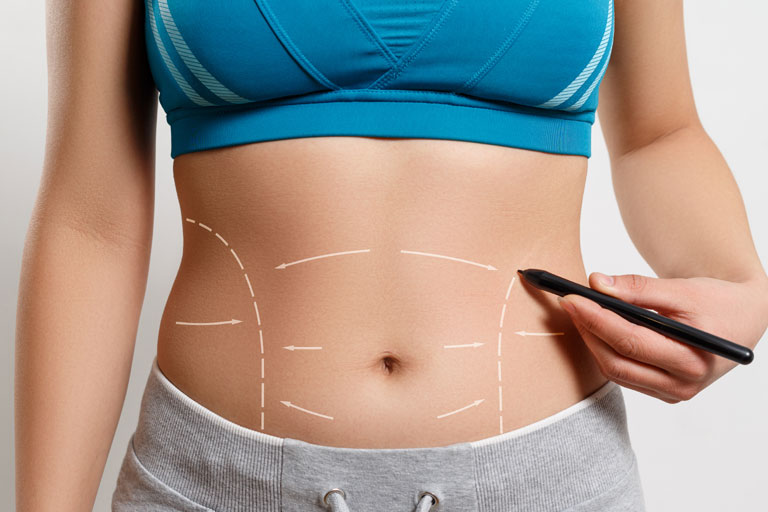How to and What to Eat After Liposuction
Liposuction is an ideal treatment method for removing regional adipose tissue that does not go away by dieting and sports or local fat due to genetic body type. If the individuals do not gain excess weight after liposuction and maintain healthy eating habits, the treatment becomes permanent. This is just a body shaping treatment, nutritional therapy and exercise are essential for weight loss. In order not to increase the amount of fat after the procedure and to get long-term positive results, healthy eating habits should be gained and maintained with dietician follow-up. The individual who has undergone the procedure should be followed up frequently during the first month, and the follow-up should continue at specified periods after 1 month.
By liposuction; the fat cells are crushed by laser light with needles of 1 millimeter in diameter and burned and drawn into a liquid state with thin cannulas. The broken and melted fats in that area are burned by laser and absorbed by the body and disappear spontaneously. For this reason, a protein-based and fat-free diet should be applied for one month after the operation in order to increase fat loss. Thus, in addition to the fat removed by liposuction, the remaining 2-3 kilos of broken down and melted fat are easily removed from the body.
It is necessary to avoid foods with high saturated fat (solid fat) content. After removing excess fat with liposuction, the most important thing that should be paid attention to is the fat content and the type of fat in the food we consume. In saturated fats found in animal products; there are saturated fatty acids in the composition of butter, cream, cream, fatty milk, fatty yoghurt, full fat cheeses and meats.
When cooking, for vegetables, two tablespoons of olive oil per kilo; for meat and dishes with mincemeat, its own fat without adding any extra will be enough. Cooking methods such as grilling, baking, boiling, and steaming should be preferred instead of frying.
In order to achieve more fat loss, a protein-based diet should be applied for a certain period of time. You can use your preferences for protein sources such as fish, chicken and turkey, which are low in fat.
Milk and yoghurt should be consumed with semi-skimmed and without cream instead of full-fat and creamy. Cheese without fat and salt is a better choice for you.
2.5-3 liters of water must be consumed a day. It is very important to drink enough water so that the broken down fats can be removed from the body through the lymph circulation. Liquid consumption should be increased by drinking herbal teas without sugar, fat-free and low-salt soups, lactose-free milk and composte.
Salt consumption should be reduced. This applies not only to adding less salt to the food you eat and cook, but also to ready-made products with high salt content, such as pickles, brine and canned food. Because excessive consumption of salt causes edema. In addition, beverages with high sodium content, such as mineral water, may cause edema, too, so their consumption should be limited in this process.
Post-liposuction nourishment may include postoperative gas and bloating. For this reason, it is necessary to avoid vegetables such as legumes, cauliflower, broccoli, cabbage, onion, and fruits such as melon and orange for at least a week or ten days. To avoid gas, lactose-free milk can be consumed. It is also important to chew thoroughly while eating and eat slowly to avoid gas formation.
Some vitamins and minerals accelerate the healing process by providing tissue repair. Using some supplements with the suggestion of your doctor may benefit you in this process.
With the knowledge of your doctor, you should increase your physical activity and turn it into a lifestyle. What you need to be aware of here is to choose a type of exercise that you enjoy and to maintain it for life. In order to gain a healthy eating habit after liposuction, a nutrition program suitable for the life standards of individuals should be prepared and adapted. One should keep this in mind that shaping the body permanently is a versatile teamwork.






